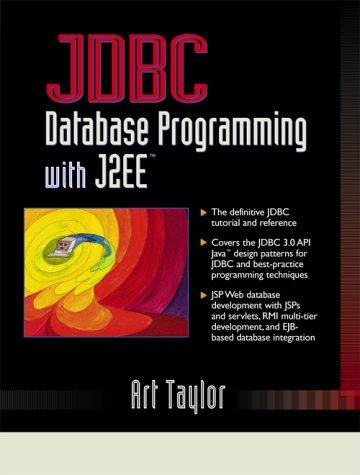Answered step by step
Verified Expert Solution
Question
1 Approved Answer
Answer the following question and show how to do 14. 1 + 2 + 3 + ... +999 a) 9990 b) 99900 c) 999000 d)
Answer the following question and show how to do 
14. 1 + 2 + 3 + ... +999 a) 9990 b) 99900 c) 999000 d) 500000 e) 499500 15. f(n) satisfies the recurrence relation fin) = (n/2) +1,inti.cond. 1) -0. Thenn) has order: a) 2" b) n logan c) logan e) n 16. Linear Search has worst-case and best-case complexitics, respectively: a) elog n), e(1) b) (log n), (log n) c) (log n), e(n) d) en). Olog n) e) O(n), (1) 17. The number of binary digits of an integer is approximately equal to: a) 2 b) n logan c) logan d) 18. Quicksort has best, average and worst-case complexities, respectively, given by: a) O(n), en log n), en log n) b) en log n), en log n), en log n) c) on log n), en log n), (r) d) en log n), (rr), O() e) (r), 6(n), (n) 19. Mergesort has best, average and worst-case complexities, respectively, given by: a) O(n), (n log n), O(n log n) b) en log n), en log n), en log n) c) en log n), en log n), (n) d) en log n), (rr). On) e) On), (n)() 20. A sorting algorithm that is not comparison-based: a) Mergesort b) Quicksort c) Insertionsort d) Treesort e) Radix Sort 21. An efficient on-line sorting algorithm (i.e., elements added over time): a) Mergesort b) Quicksort c) Insertionsort d) Treesort e) Radix Sort 
Step by Step Solution
There are 3 Steps involved in it
Step: 1

Get Instant Access to Expert-Tailored Solutions
See step-by-step solutions with expert insights and AI powered tools for academic success
Step: 2

Step: 3

Ace Your Homework with AI
Get the answers you need in no time with our AI-driven, step-by-step assistance
Get Started


